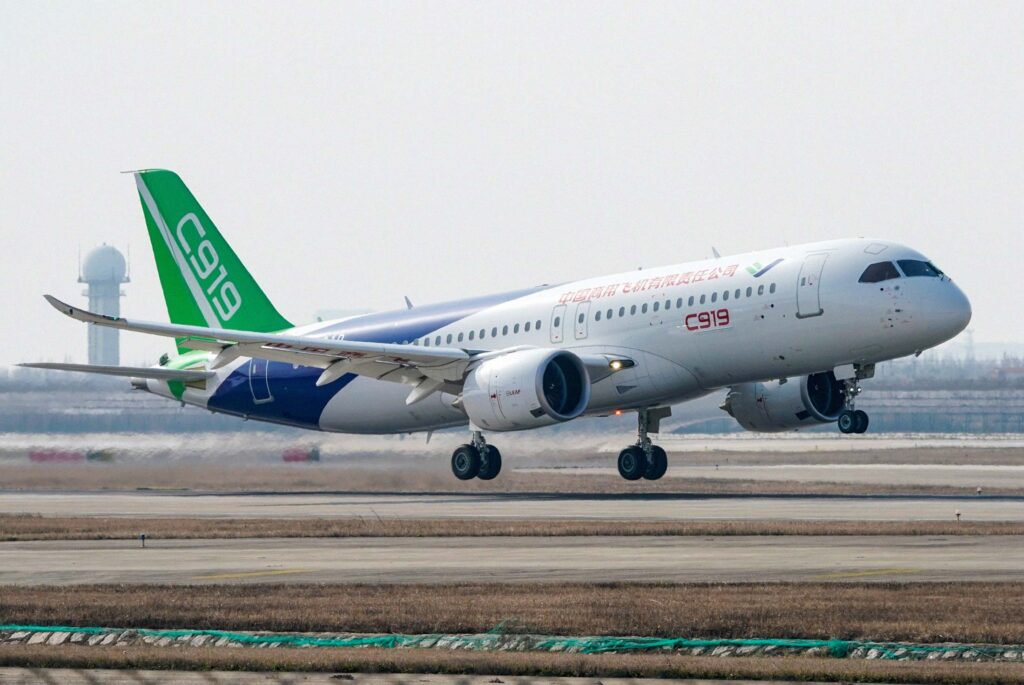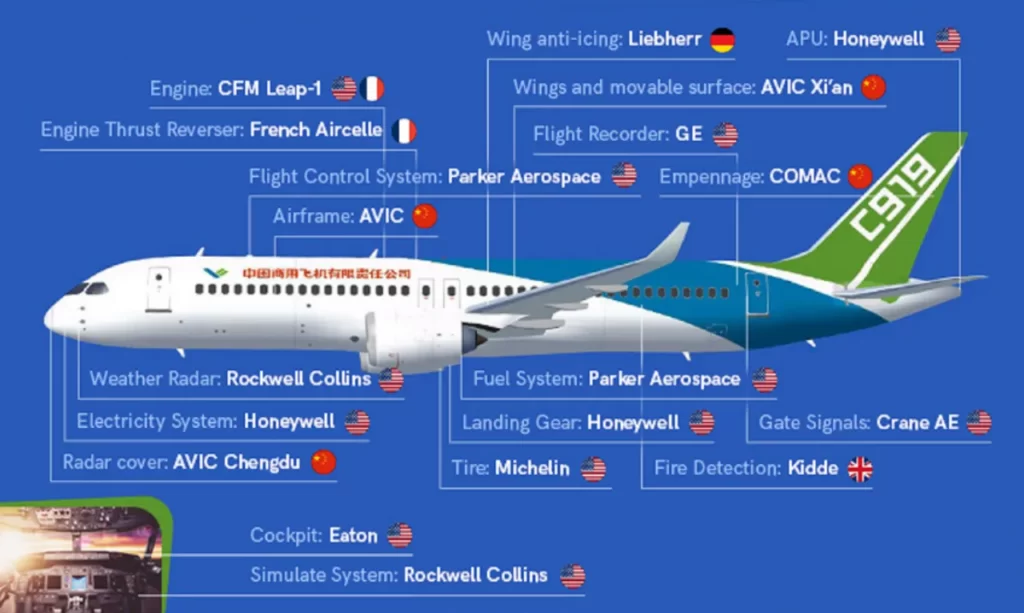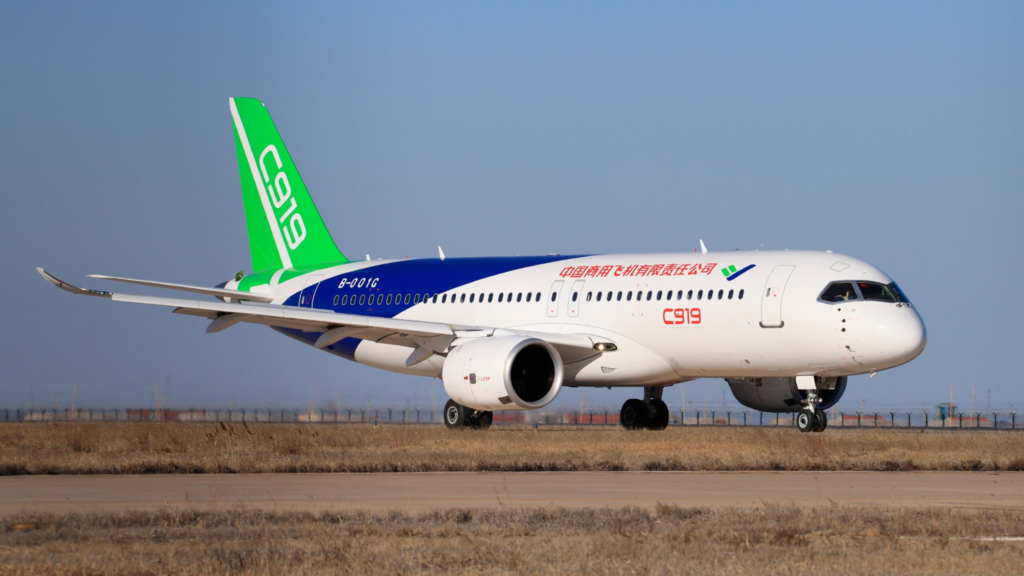The rise of China and its aircraft manufacturing unit COMAC have questioned the Dupoly of Airbus and Boeing. But is it compatible with the market? Will it beat the existing players? Is it safer? And more such questions will be answered here.
China’s aviation industry has been gradually growing and challenging the monopoly of Boeing and Airbus. With the introduction of the COMAC ARJ21-700 and C919 aircraft, China has taken a significant step in becoming a dominant player in the aviation industry.
This article will discuss the current market positioning, competitive dynamics, performance, and efficiency of COMAC aircraft relative to competing aircraft peers.

COMAC Aircraft Market Positioning
The ARJ21 and C919 are still in the early stages of their respective product cycles. The market proposition for the ARJ21 is likely to be based on a lower acquisition cost.
It will mainly focus on the Chinese domestic and regional markets, where most of the demand originates. The C919, on the other hand, is currently a single-model family. It is Competing with aircraft types that benefit from a family concept. With multiple passenger capacity and range options.
Adding to the product mix while maintaining commonality in parts and training would benefit the prospects for the C919.

Competitive Dynamics
The ARJ21 uses previous-generation General Electric CF34 engines, which, combined with the delays, meant that it entered service alongside competing aircraft, such as the E175-E1 and a next generation of aircraft powered by newer technology Pratt & Whitney GTF engines, which power the Embraer E2 and Airbus A220 family aircraft.
Therefore, the market proposition for the ARJ is likely to be based on a lower acquisition cost and will mainly focus on the Chinese domestic and regional market, which is so far where most of the demand has originated.
The C919, on the other hand, has a stronger global opportunity compared with the ARJ21. However, it will take time for the platform to significantly impact the market share of the established narrowbody OEMs outside China.

China COMAC Future Potential
Several Chinese lessors have placed firm orders for both ARJ21 and C919 aircraft. These aircraft’s market value and lease rate performance will initially be linked to the Chinese market since this is where the fleet will be operated based on the current operator base.
The outlook for the domestic Chinese market is positive and has recovered strongly relative to pre-pandemic levels, according to IBA. However, it is still early to see the true in-service maintenance costs of the ARJ21 and C919 as operational experience has been limited, and both aircraft are still in the early stages of their respective product cycles.
With international certification, the C919 could represent a viable alternative to the Boeing 737 Max and Airbus A320neo for the world’s airlines. However, it will take time for COMAC and the C919 to ramp up production and mature the product.
The prospects for the C919 would be better if COMAC were added to the product mix. While maintaining commonality in parts and training.
Ensuring that maintenance costs are competitive with the Neo and Max will be important but also challenging, given the economies of scale already available to the established OEMs.

Bottom Line
The COMAC ARJ21-700 and C919 are still in the early stages of their respective product cycles. Market positioning, competitive dynamics, performance, and efficiency relative to competing aircraft peers need to be considered when evaluating their asset and value performance.
The market value of a six-year-old ARJ21-700 aircraft was $12 million in the second half of 2022. Around 9% below base value, according to an IBA report.
While the C919 has a stronger global opportunity compared with the ARJ21. It will take time for the platform to significantly impact the market share of the established narrowbody OEMs outside China.
Stay tuned with us. Further, follow us on social media for the latest updates.
Join us on Telegram Group for the Latest Aviation Updates. Subsequently, follow us on Google News.


































